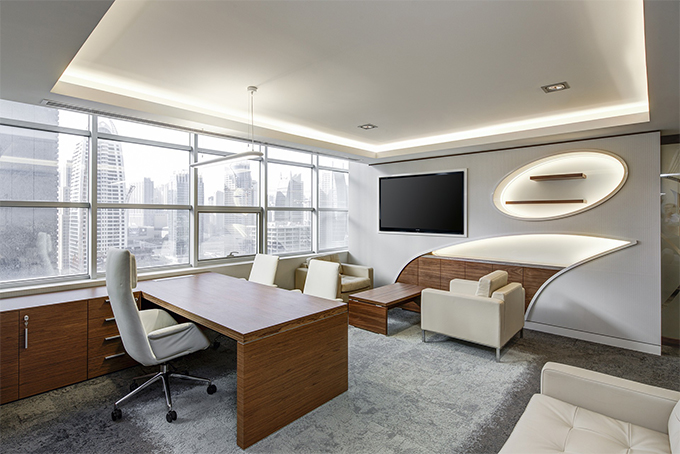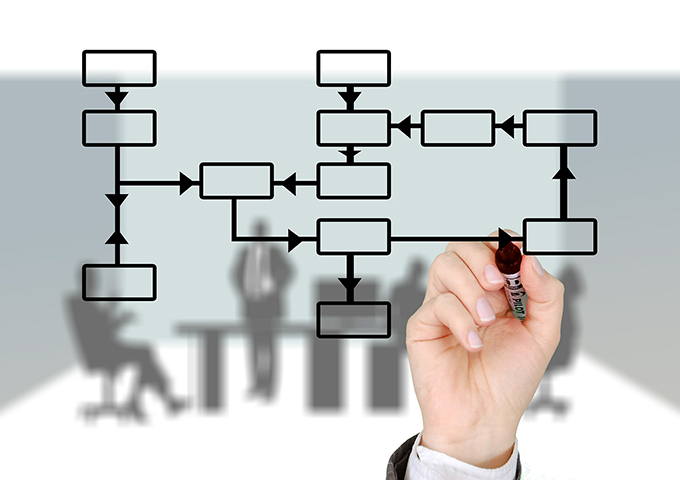
In the spring of 2014, Brandon Butler at Network World reported on research from Gartner that suggested the Internet of Things had reached “peak hype.”
That’s great news!
As the graph in Butler’s piece shows, once hype around an exciting technology fades, the people building that technology can finally get down to the gritty business of making it actually useful.
Internet 1.0 had this same hype curve. In 1995, most people were still enjoying the novelty of information that began with a “www,” and the term “information superhighway” didn’t sound quaint. Five years later, at which point the novelty had faded, families all across the US had high-speed connections, and their children had already figured out how to download their favorite albums.
So, as “IoT” stops feeling like a buzzword, industries around the world can quietly begin to build entire smart ecosystems. One particularly exciting application of this tech for FMs will be the smart office, which Gartner predicts is still at least four years off.
But glimpses of that future are already visible. Just look at Deloitte’s smart office in Amsterdam, where every light has its own IP address.
The technology to create smart offices already exists, but it’s still fragmented and scattered. Deloitte simply collected and integrated those pieces intelligently for its building. Integration is much easier said than done, sure, but it’s a small obstacle on the road to creating a better workplace.
Here is a quick roadmap for how smart offices could become a practical reality in the next few years.

The Promise of Smart Offices
In late June 2015, BC Hydro invited a nationwide group of building automation professionals to the company’s California offices to talk about the future of connected buildings. That session revealed a number of exciting ideas about the evolution of the workplace. Graham Henderson, a senior program manager from the company, has a nice writeup about the event at AutomatedBuildings.com.
Here are a few of the possible features a connected workplace might have, according to attendees:
- Using the growing network of LEDs to create new pathways for Internet connectivity (it’s called a “Li-Fi” connection, by the way)
- Sensors that track an individual via his/her smartphone to ensure systems such as lighting, HVAC or even office systems can respond to each person’s location as necessary
- Lighting as a service to cut down on installation costs
In an interview at Wired magazine, Visage Mobile president Mani Zarrehparvar fleshed out the use cases of all this technology, especially as it blends personal smart tech with the smart devices in the offices:
“I’m imagining I walk out of my front door with my device. My device locks the door behind me. It starts my car. It pays for my coffee at Starbucks. It knows that when I get in my car and I say I’m going to Starbucks, it has my order waiting for me when I get there. It recognizes that I’m late for a meeting and changes my meeting because it knows — by my location — that I’m not going to be at the office in time to be there for my video conference meeting and it changes it to a voice call.”
Wired’s Tim Moynihan dug a little deeper into imagining what a smart office might look like in his reporting on the Stir Kinetic smart desk, which knows when you need to sit or stand for optimum health, and adjusts itself accordingly. In an office with multiple Stir smart desks, your FitBit can talk to each desk individually so that your personal settings move with you around the room.
Selling the Smart Office
To some business owners, everything above might sound like a great idea. To others, these ideas might sound frivolous and expensive.
That’s why ongoing development of smart office needs to keep one eye on whether any of these devices actually benefit the end user. “My hope is that we find ways to bring IoT technology into the office in a way that saves money and frees workers from tasks that take away from their productivity — and isn’t limited to things like smart break rooms that make it easier to buy coffee and donuts,” Dana Blouin writes at CMSWire.
That means Li-Fi needs to actually improve connectivity and not just be a fancy trick. Systems that respond to a user’s location save money on utilities costs, sure, but they also need to make getting work done a little bit easier.
Everything seems to be moving toward that goal, too. Salesforce’s Matt Wesson is optimistic about the emergence of an intelligent office, as he writes at Quartz.
“Smart devices enable you to crowdsource important information in real time, get directions to your next meeting straight from your smartwatch, or receive a notification that supplies are running low,” Wesson says.
“In effect, the infrastructure of the smart office—smartphones, wearables, and applications—is already in place. All that’s missing is the foundation to bring it all together.”

Building That Foundation and Putting the Pieces Together
Here is where a good facilities team comes in. There are many little details that require attention when designing or upgrading to a smart office, and a good number of those details live in an FM’s domain.
“An office is an assemblage of workspaces,” Sean Mallon writes at SmartDataCollective. “For this workspace to be efficient, it has to integrate with the chosen technology. How many outlets do you need? Where should you place them? What is the best way to access your network connectivity?”
Perhaps the most difficult part of designing these systems is making them both big in scope but small enough for a useful end-user experience, Janet Aronica writes for Robin, a Boston-based company that creates IoT software for easier meeting-room bookings.
“The systems tracking and processing data for the office need to be simple to use, yet robust enough to manage large offices, many devices, and data from thousands of employees,” she writes. “The 1-to-1 relationships between devices and the Internet offered by many existing hardware solutions don’t cut it. You need a common dashboard that makes it easy to regularly add new identity tracking and new devices.”
Securing the Network and Making the System Resilient
Once that infrastructure is in place, securing it will be an ongoing challenge.
The Kaspersky team has a nice overview of the steps IT will need to take to implement the necessary security measures. It includes a full security audit, developing threat models, implementing encryption and scheduling frequent updates.
Then, there is the fact that this system will have 1-to-1 interactions with end users, many of whom will likely interface with it via their smartphones. As Stephanie Walden writes at Mashable, employees will need ongoing training and reminders about security issues. “Emphasize and enforce the basics, such as suggesting (or requiring) all employees utilize a password keeper or employ two-step authentication on all company logins, especially when they’re accessing these platforms on personal devices,” she writes.
The Cost Factor
At the moment, the best selling point for smart office technology is when these devices can save a building owner money, whether that’s by dimming the lights when no one’s around or optimizing air flow.
There’s a good reason for this: New technology is expensive. And as Megan Anderle at GreenBiz points out, a connected elevator that can predict breakdowns sounds exciting, but it’s definitely an investment at this point, and who knows exactly how useful that investment will be?
Furthermore, would-be smart offices would need to upgrade their existing infrastructure, even if most of that hardware is just a few years old. “The system that functioned perfectly fine for the workplace of five years ago is simply not sufficient today, from both an operational and a security standpoint,” Mashable’s Walden writes.
“New networking architectures, such as software-defined networks, may provide superior security controls, and new network solutions are consistently being introduced to address such issues.”
As such, there are steep barriers to entry for any company that wants its offices to be as smart as those Deloitte offices in Holland. The tech will go down in price over the next few years, of course. And as this happens, more organizations will nudge themselves a little farther down the smart office continuum.
Credits:
Robert Servaisbjaved98
geralt

